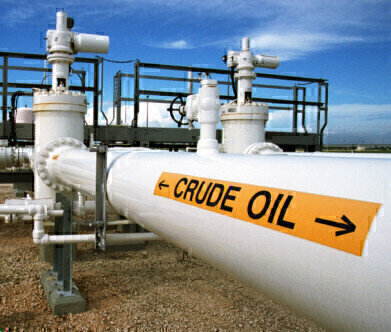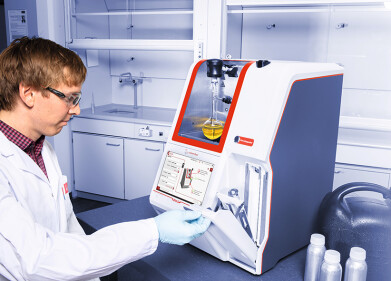Analytical Instrumentation
How Did 2016 End for Crude?
Jan 12 2017
From the shock Brexit vote to an unexpected Trump presidency, 2016 was full of surprises to say the least. The oil industry wasn’t exempt, with the year throwing its fair share of challenges at producers. So how did 2016 end for crude?
Overall, economic analysts assert that 2016 ended on a positive note, despite the fact that the market endured a roller-coaster ride throughout the year.
A shaky start
Things weren’t looking up last January, when crude oil prices plummeted to multi-year lows. At their worst, prices were scraping almost US$25 per barrel. This was largely blamed on global demand and supply disparity, which led to the mass sell-off of oil and gas stocks by investors. The flurry saw major oil and gas players hit with a series of bankruptcies, as well as falling share prices and poor financial results. In response, leading names slashed exploration and drilling, and drastically cut capital expenditures.
A series of fortunate events
Though despite a shaky start, commodity markets managed to rebound in the subsequent quarters. This was due to a series of events, including Canada’s raging wildfires, as well as economic volatility in Venezuela and geo-political instability in both Nigeria and Ghana.
The recovery was bolstered again in September, when OPEC members called an unscheduled meeting to discuss their position on rising production. This saw the cartel cap cumulative production in a bid to stabilise oil prices. Final terms were agreed in late November, with OPEC slashing collective output by 1.2 million barrels per day. In answer, Non-OPEC members like Russia also agreed to cut daily production by 600,000 barrels.
As a result, crude prices soared by almost 20% over December, which saw oil and gas producers increase capital spending budgets at the eleventh hour. So, while the long-term trajectory of the oil industry remains uncertain, 2016 did close on a positive note, and the forecast for 2017 is sunny.
In 2017, refiners will continue to improve and enhance operations. ‘Optimization of EPA Method 325 for the Fast, Accurate and Precise Monitoring of VOCs Around Oil Refinery Fencelines’ explains how GC instrumental parameters are being to analyse VOCs and SVOCs on the same instrumentation, thus enabling enhanced throughput and laboratory efficiency.
Digital Edition
PIN 25.2 Apr/May
May 2024
Safety - Carbon monoxide toxic and flammable gas detection Analytical Instrumentation - Density: A fundamental parameter at critical stages within the petroleum sector - Advancements and...
View all digital editions
Events
Jul 10 2024 Birmingham, UK
Thailand Oil & Gas Roadshow 2024
Jul 11 2024 Rayong, Thailand
Jul 20 2024 Denver, CO, USA
Jul 21 2024 Cape Town, South Africa
Jul 24 2024 Bogata, Colombia

.jpg)

















